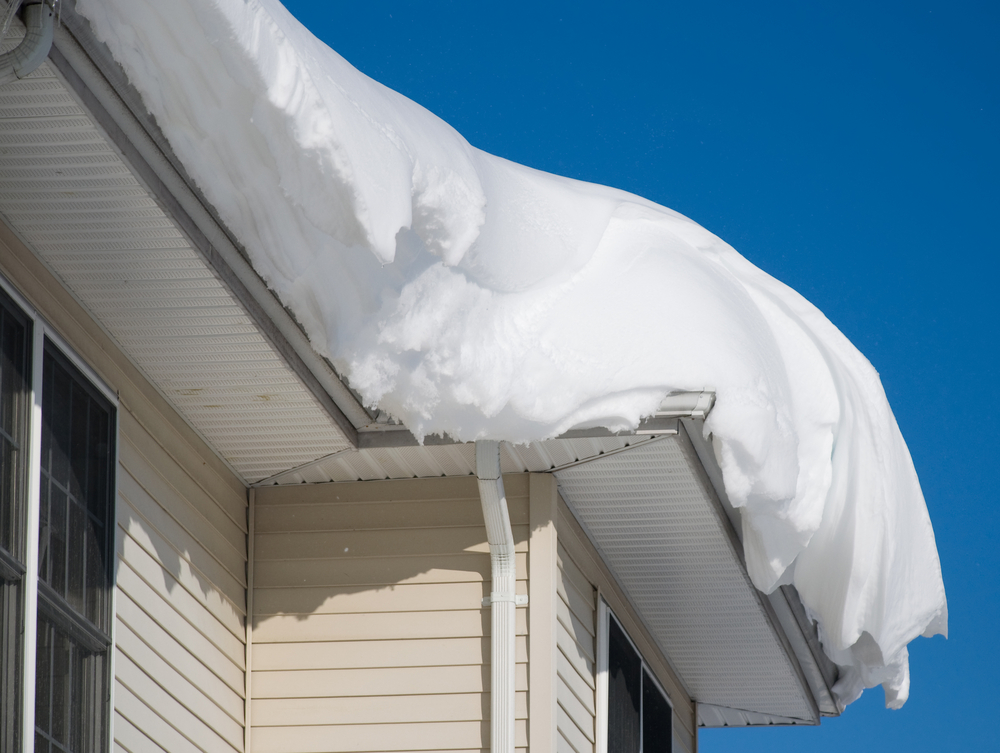
It’s that time of year when we are excited for the weather to break. The snow has melted and the temperature is climbing. It’s also a good time to inspect for damage that may have occurred during the winter months.
The wet, heavy snow and frigid winds create the perfect combination for structural and internal building damage. Although it may take some time and effort up front, locating damage that has occurred throughout the winter months will help you save in the long run. Understanding the types of damage that your building may experience can help you be aware and know what to look for during inspection.
Winter Damage Checklist
Locating minor problems up front can help with less time and money spent down the road. Use the following guidelines to assist with your inspection for winter damage:
Maintain a clear roof
Between rooftop equipment, debris accumulation, and general maintenance, winter weather adds another concern for business owners. If not dealt with in a timely manner, issues on the roof can generate issues within the whole building. Mitigate costly roof problems by:
- Maintaining a clear roof and gutters by regularly removing common debris like leaves and pine needles
- Removing snow as quickly as possible to allow the roof to dry and expose possible punctures
- Inspecting for damage caused by high winds and ice formation
- Taking note of roof-to-wall transitions to ensure no gaps and leakages occur
- If you are unsure of the health of your roof or how to maintain it, check out our Roof Systems Uncovered guide
Inspect exposed plumbing
Pipes tend to leak and/or burst due to water freezing up in the pipe causing pressure. Take note of the insulation surrounding the piping in your building. Insulation helps prevent the freezing temperatures from reaching the pipe.
According to the Insurance Institute for Business & Home Safety, a burst pipe, which is one of the most common causes of property damage, can result in more than $5,000 in water damage. Alleviate potential extensive damage by:
- Inspecting plumbing for subtle leaks. Visually and physically inspect joints and seams
- Checking under sinks and listen for dripping or rushing water in hard-to-reach places
- Taking note of insulation and whether or not it needs replaced
Ensure properly working HVAC system
The frigid temperatures and gusty winds cause your heating, ventilation and air conditioning (HVAC) system to work twice as hard. Excess snow and ice build up can cause your system to freeze and shut down. And melting snow can lead to leakage into the system allowing for corrosion and rust build-up. Lessen potential HVAC problems by:
- Checking for any physical damage, like cracks in the heating system
- Examining hoses and blowers for blockages
- Cleaning or replacing air filters to alleviate restricted airflow
- Taking note of unusual sounds and odors
With over 90 years of experience in the industry, there isn’t much that we haven’t seen. If you have any questions or need guidance contact an expert at ACI today.




